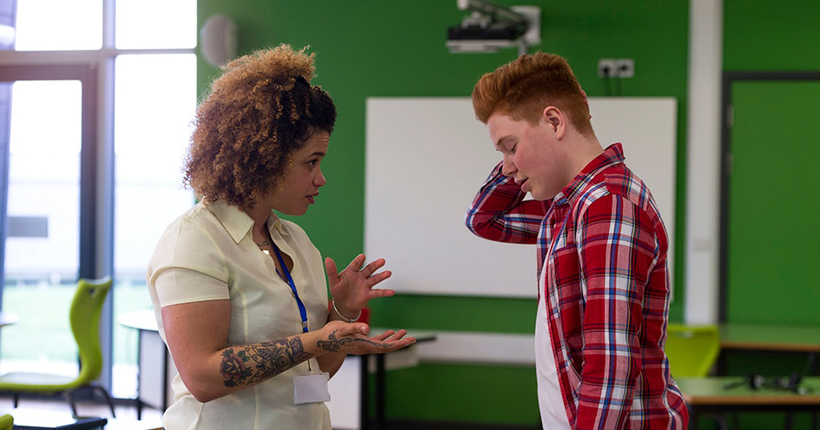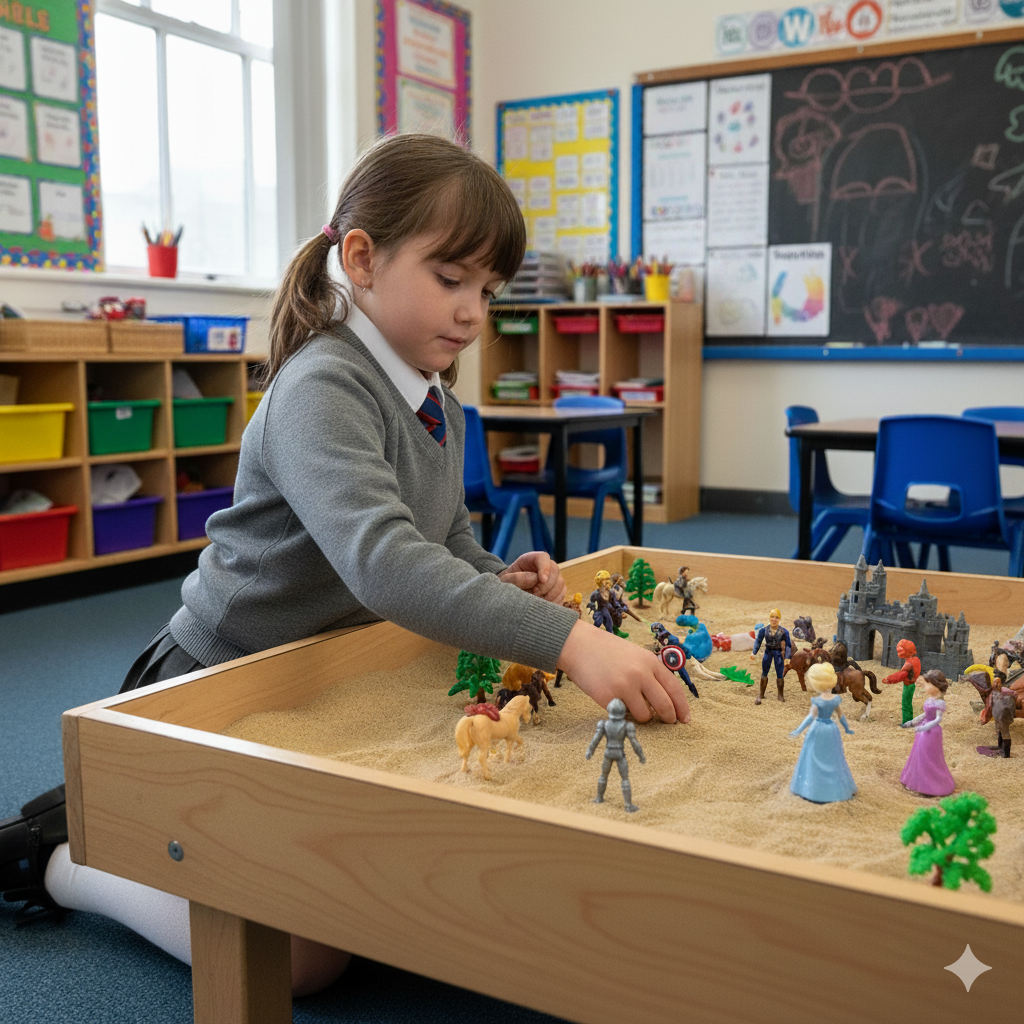
LIFELONG THERAPEUTIC LEARNING:
-
Learn more

Drawing and Talking allows individuals to discover and communicate emotions through a non-directed technique, setting it apart from existing solution-focused and cognitive-based therapies and interventions
Learn more
Creators of a global proactive intervention intended to complement rather than replace the work of Specialist Mental Health Services
Working with vulnerable
-
Courses
Drawing and Talking has proved invaluable with secondary aged students who find it difficult to talk about their emotions.

Our team's commitment to high quality services provides you with peace of mind.
Individuals
Creators of global proactive intervention intended to complement rather than replace the work of Specialist Mental Health Services.
Organisations
In-house training days are the most cost effective way to train groups of 20 or more staff in the Drawing and Talking therapeutic technique. We offer both Zoom and in-person options.
- Blog
-
Practitioners
In our 20-year history, we have built a community of 20,000 Drawing and Talking Practitioners.
Our Drawing and Talking Practitioners are committed to high-quality therapeutic support. Our Accredited Practitioners maintain an active Drawing and Talking Membership, which includes regular CPD and supervision and coaching. This ensures safe, reflective and effective practice.
- Contact us
- Book now
Why asking Why is ineffective?

How many times a week do you ask a child Why? Why did that happen? Why did you do that?
How many times a week do you ask yourself Why? Why won’t they tell me? Why can’t I get to the bottom of this? Why am I still asking why?
You are not alone. Anyone who cares enough to work within children’s services, fundamentally, wants to support children into developing into happy, healthy, successful adults.
But there are many children and young people we support and care about who we just cannot comprehend what is fuelling a pattern of destructive behaviours or why they are doing what they do.
Destructive behaviours, whether introverted or extroverted, are a physiological responses to trauma or lack of emotional resilience. We call these behaviours structural dialogue.
Have you ever considered that you ‘understanding’ the details of a child’s trauma is never enough to heal the internal pain. Knowing ‘why’ does not make a difference to the internal pain, neither does trying to fix the problem or overlay the issues with behavioural techniques in the hope that it might make it go away.
Schools have developed patterns and strategies that are targeted at Behaviour Modification. Whilst we all agree that children need to be able to self-regulate and have fair to good emotional resilience in order to successfully navigate the world, ignoring how the body and nervous system is feeling is a mistake, and if not addressed has detrimental and long term impact on one’s mental health.
When children and young people are triggered by a trauma, their nervous system floods, and cognition is knocked off line.
Many of the approaches we have in our toolbox become ineffective and even counter productive at this time.
Cognitive approaches, restorative approaches and solution focused techniques that attempt to provide positive coping strategies to a child are simply not sufficient at this time as they lack the pure fundamental requirement to healing pain. What is required is intimate human connection.
Socialisation, a sense of belonging, being wanted and feeling safe and secure with other humans is fundamental to healing trauma and emotional distress.
Experiencing an emotional disconnect (often displayed and acted out structurally) from one’s own community, surroundings and social environment compounds the internal feelings associated with trauma and which, in turn, has an ongoing impact on the nervous system.
Science has, now, taught us that the traditional fight, flight or freeze model is far more complex than originally thought.
Neuroscientists have, now, proved that, for us to positively impact our nervous system we must form social relationships to re-establish brain patterns and the Vagus Nerve into feeling safe and secure.
Attachment based therapeutic interventions are an essential starting point for any child who is suffering emotionally and socially.
In what are possibly the most demanding times for anyone working with children and young people, supporting their mental health and wellbeing is the most complex work we embark on.
The resources needed are available to us as we deliver intervention and/or wait for additional services to become available to those with complex needs.
Adding new strategies to our repertoire that let us to focus on gentle and subtle ways to enable children and young people to create their own powerful relationships with others has a profound effect on healing, and their ability to navigate the world by rewiring their trauma response.
If you want the children in your care to have every chance of ‘Catching up’ please don’t ignore their structural communications, they are shouting at us: Help me, I’m in pain.
Drawing and Talking Therapy – Attachment-based
Editor: Catherine Beagley, CEO The Mental Health Hub
Latest news
October 27, 2021
October 27, 2021



